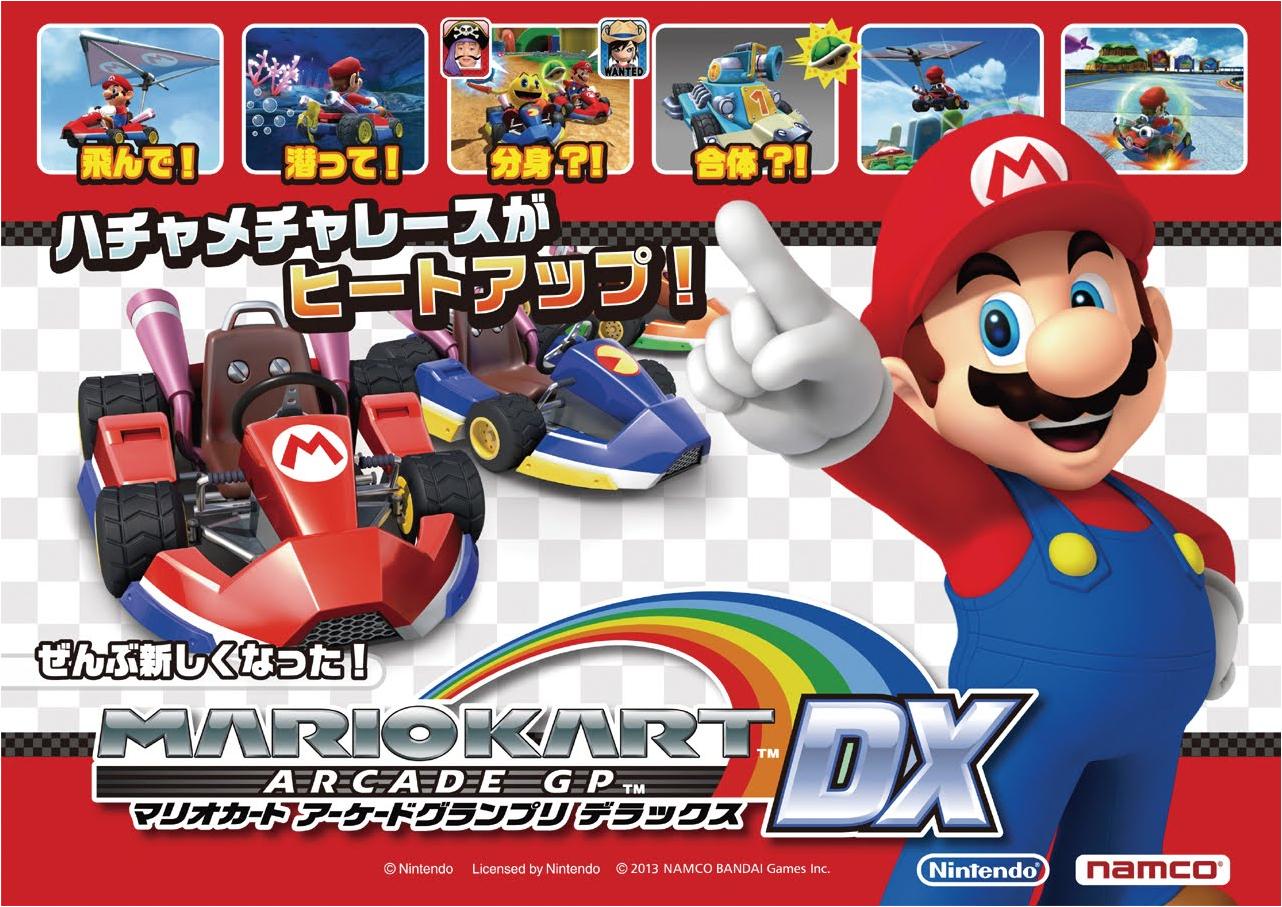

Sega’s newer system has some hardware advantages versus the Turbo CD… advantages which Japanese games did not always take advantage of. Sega failed to take over the CD market in Japan, and the TGCD easily won there, but it did do well in the US. It was also a pre-emptive strike against Nintendo’s upcoming SNES CD.
-1501095476-thumb.jpg)
The Sega CD was Sega’s answer to the Turbografx CD (PC Engine CD in Japan), which was successful and gaining in strength when the Sega CD released in 1991. Still, for the games that do support it, the very large size of the memory cart is fantastic. Unlike the Turbografx CD, there are no shmups or shooting games which support saving your high scores to the system, for example. Games which use the scaling and rotation hardware often look quite nice, as well.Īs I mentioned, The Sega CD has 8KB of internal rechargeable battery-backed save RAM for game saves, and also has a memory cartridge, the Sega CD Backup RAM Cart, for a much larger save space - it’s 128KB! Unfortunately almost no action games support any kind of saving it’s mostly only used by FMV games, sports games, and RPGs. It is real, moving video, though, which was an accomplishment at the time. The additional RAM makes video fairly easy, though hardware restrictions, and the Genesis 64-color limit, mean that video often has only 8-16 colors in it. The system also has save memory in it, and some additional hardware as well - in addition to some more RAM, the Sega CD has hardware scaling and rotation support, unlike the Genesis. The system attaches to the Sega Genesis, and, as the name suggests, plays CD games. The Sega CD was released in late 1991 in Japan, fall 1992 in the US, and 1993 in Europe. Centre for Tuberculosis Biomarker-Targeted Intervention led by Mark Hatherill with Tom Scriba, Robert Wilkinson, Robin Wood and Mark Nicol, and Rod Dawson (UCT).Ah, the Sega CD, Sega’s first disc-based platform.Clinical and Community HIV-Tuberculosis Research Collaborating Centre headed by Graeme Meintjes, together with Keren Middelkoop, Linda-Gail Bekker, Robert Wilkinson and Robin Wood, and collaborators Gary Maartens and Tom Scriba.

Two SAMRC Collaborating Centres on TB or HIV research, with collaborators based in other UCT departments or South African institutions: Precision and Genomic Medicine Research Unit - PGM ( Raj Ramesar).Molecular Mycobateriology Research Unit - MMRU ( Valerie Mizrahi and Digby Warner).Drug Discovery and Development Research Unit - H3D ( Kelly Chibale).Three extramural research units of the South African Medical Research Council: The Desmond Tutu HIV Centre (DTHC), which includes Robin Wood (Director), Linda-Gail Bekker (Deputy Director), Catherine Orrell and Keren Middelkoop.The Wellcome Centre for Infectious Diseases Research in Africa (CIDRI-Africa) which includes Robert Wilkinson (Director), Graeme Meintjes, Catherine Riou and Anna Coussens.The South African TB Vaccine Initiative (SATVI), which includes Mark Hatherill (Director), Tom Scriba (Deputy Director) and Elisa Nemes.Three multi-investigator groups that operate principally in the TB/HIV space:


 0 kommentar(er)
0 kommentar(er)
